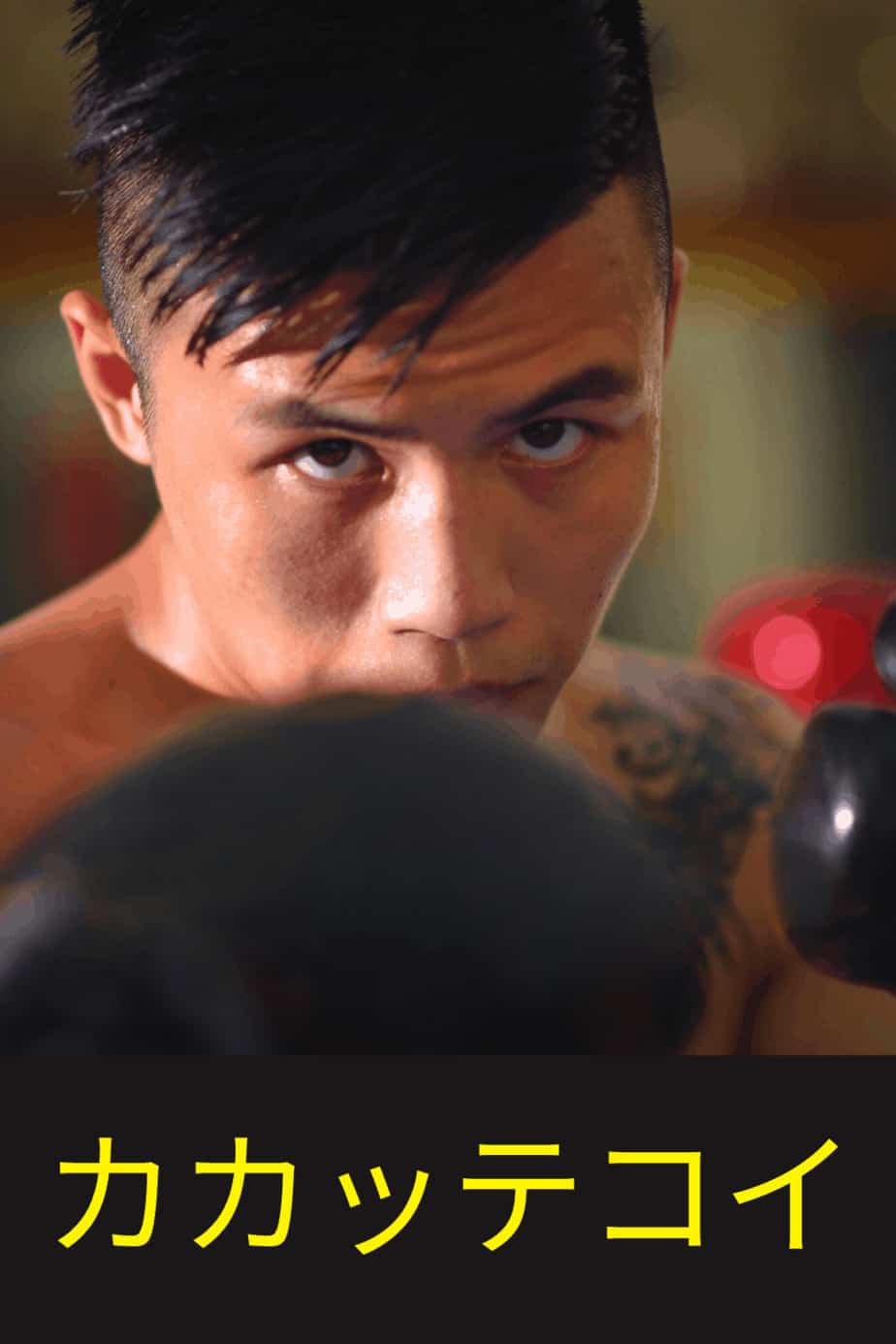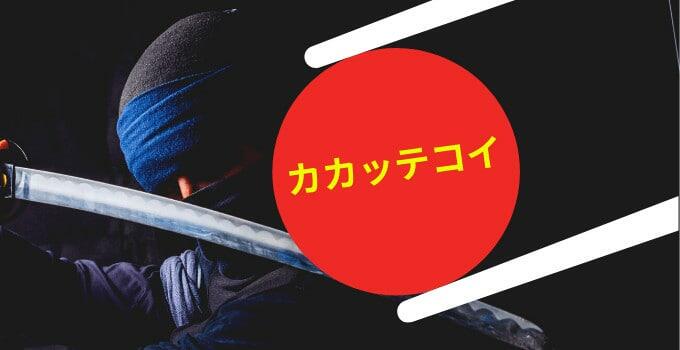We’re covering a really fun expression in Japanese in this article: kakatte koi.
Anyone who enjoys Japanese media has probably heard this more than a few times, and you might even have a rough idea of what it means, just from the context and emphatic nature of the expression.
But in the next few hundred words I’m going to break down everything you might want to know about this term in detail.
But, first, a quick overview….

What does kakatte koi mean in Japanese?
Kakatte koi is an emphatic way to say “Bring it on!”
How is kakatte koi written?
Kakatte koi can be written a handful of ways. The simplest way is to just write it out in hiragana as かかってこい.
To add a little “oomf” to it, you might write it out in katakana as カカッテコイ.
You can also write it out using kanji as 掛かって来い. You also have the option to use one kanji and not the other. So: かかって来い or 掛かってこい.
掛 is a kanji that’s hard to explain because it doesn’t really have a single, set meaning. It’s very dependent on context.
来 is much easier to explain. It just means “come.” You’ll see this one a lot in Japanese, so take a moment to try to remember it if you can.
What do the different parts of kakatte koi mean?
So, kakatte koi is broken up into two parts. First, there’s the kakatte part, and then the koi.
Kakatte is actually the conjugated form of a verb. The base form is 掛かる (kakaru). When you conjugate this into what’s called the “te-form” you get an ending change that results in kakatte.
Kakaru by itself is, like the kanji it’s built off of, difficult to explain or define perfectly.
The dictionary I’m using lists at least 14 different English translations for it.
One suggests it means to “arrive and come into view.” Another, “to start your engines.” Another still, “to be on the verge of.” The first definition is, “to take.” And one more is, “to come at.”
So, if we think about all those definitions together, we get a rough idea of what it means, even if we can’t quite verbalize it.
And the te-form conjugation is a sort of “utility” verb conjugation, allowing the verb to be manipulated in lots of useful ways.
In this case, it allows us to connect kakaru to the following part, koi.
So, koi comes from the verb 来る (kuru). Just like the kanji, it means “to come.” When we conjugate it to 来い (koi) we turn it into the imperative form. It is now a command: “Come!”
So, taken together, kakatte-koi means “Bring it on!”
Other ways you might translate it:
Come and get some!
Come at me!
Come on!
Let’s do this!
How is kakatte koi used?
You use this when you want to challenge someone, usually in a fight. Often, よ (yo) is added to the end, to make a really emphatic, “KAKATTE KOI YO!”
Some variations:
かかってこいよ!
Kakatte-koi-yo!
Come at me, bro!
さあ、かかってこい
Saa, kakate-koi
Well then, let’s get it on!
よし、かかってこい!
Yoshi, kakatte-koi!
OK, come get some!
Where do you hear kakatte koi?
Kakatte-koi can be heard almost any time there’s a fight in Japanese media, from old Samurai films, to video games, to anime.
In Dragon Ball FighterZ you’ll hear it shouted as they blast each other out of the sky.
Saitama, of One Punch Man fame is known to say it. In fact you can hear him say it during his very first fight, back when he still had hair and stood toe to toe with Crablante.
You can also hear Deku say it in My Hero Academia when he faces off against Shoto Todoroki in episode 23.
Fox says it in Super Smash Bros Melee for the Nintendo GameCube.
It’s heard a few times throughout the Yakuza video game series.
It’s the actual full name of a game currently being sold on Steam.
The game is called “Kakatte Koi Yo!” developed by BackSlash Games, and features the platforming wildness of cats using fish to do their destructive bidding. Weird, I know.
And, finally, it’s the name of an awesome song that featured as one of the themes in the anime series Megalo Box (a really amazing anime with only 13 episodes, by the way). The chorus packs a punch (pun intended). Take a look:
かかってこいよ 敵はそいつじゃない
かかってこいよ 敵は自分の弱さ
かかってこいよ 敵は全部自分
かかってこいよ でも誰かにいてほしい
kakatte-koi-yo teki wa soitsu janai
kakatte-koi-yo teki wa jibun-no-yowasa
kakatte-koi-yo teki wa zenbu jibun
kakatte-koi-yo demo dareka ni ite hoshi
Bring it on! They’re not my enemy
Bring it on! My weakness is the enemy
Bring it on! My enemy is only me
Bring it on! But I want to be someone
Don’t go looking for fights now…
While this is a fun one to hear on TV, definitely don’t go looking for any excuses to use this one in real life.
But, hey, if so do find yourself going Super Saiyan and needing something cool to say before you save the world, you could do worse than a hearty, “KAKATTE KOI YO!!”

“I’ve lived in Japan on-and-off for the last five years, travelling to (almost) every corner of the Land of the Rising sun. I’ve deepened my love of the language with big hauls from Sapporo book stores, by chatting in Shinjuku coffee shops, drinking in Osaka “snack bars,” exploring distant Okinawan islands, and hitching rides with monks in Aomori. Japanese is a wide and deep language, and I’m always eager to dive in deeper.”

